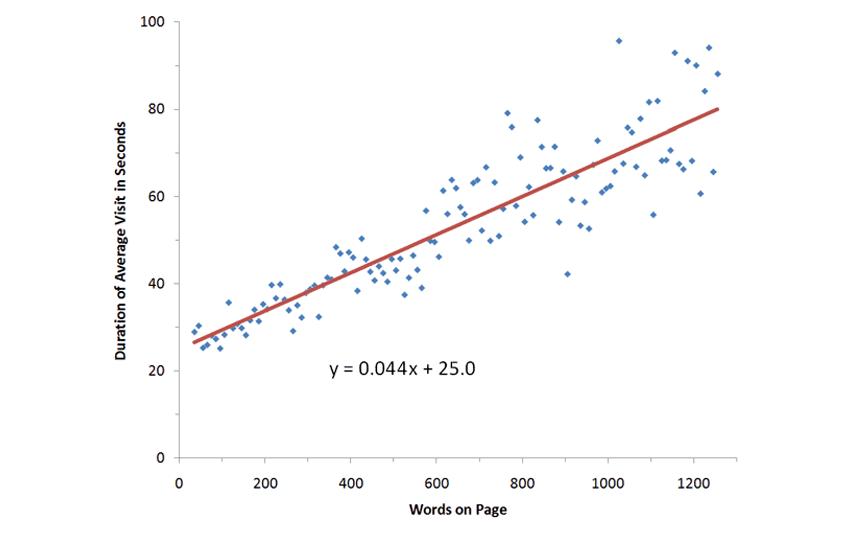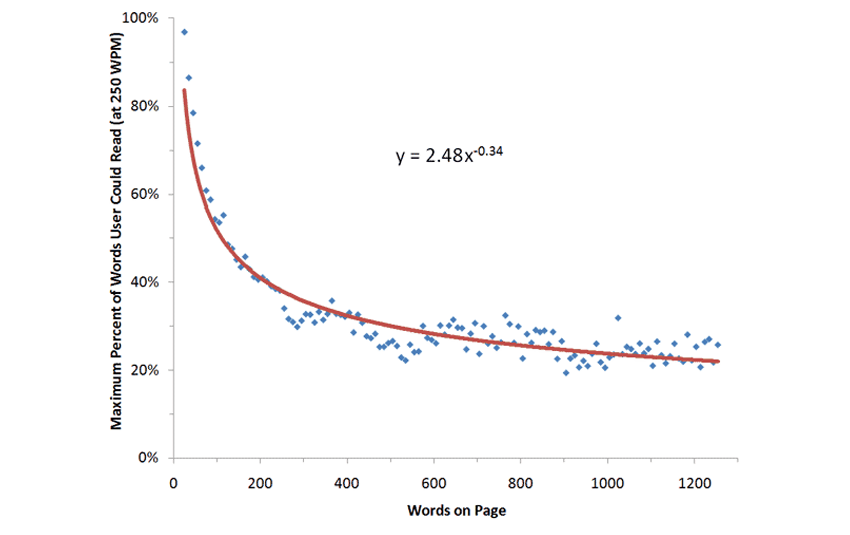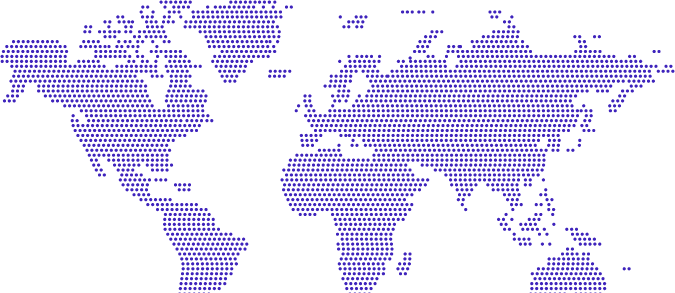The act of reading is a thing of the past, now "browsing" articles!
Although there are concrete data about how little the articles are read, there is usually no clear statement about how little they are read. Until now!
As a result of a research conducted by Harald Weinreich, Hartmut Obendorf, Eelco Herder and Matthias Mayer, we have clear data on how little the articles are read!
Within the scope of the research, the browsers of 25 web users were monitored, All data of the calls made were recorded and the internet usage habits of the users were analyzed. All the data obtained in this study, in which the users did not do anything special, reflected the most natural.
The only problem was that most of the internet users participating in the research were university employees and were equipped with academic qualifications above the standard. Based on the view that people's work, education or reading habits would not make a significant difference in the long run, the results obtained in the study were healthy enough to be reflected in general.
The research results confirmed that the "back" link is the third most used feature on the web. While the second most used pages are "click links", at the top; It has been determined that there are links within the texts. The reason behind the ranking in this way was interpreted as the increase in the functionality of the websites and the improvement of the user experience.
Real Data on Reading Behavior

The data we will list below was obtained as a result of 59,573 page views.
10,163 pages were visited in under 4 seconds. In other words, the users who visited the page did not feel the need to learn what happened on that page.
2,165 pages viewed in under 10 minutes. In this case, it is accepted that most of the users are dealing with different jobs while the page is open.
It has been understood that there are less than 20 words on 1,558 pages. Probably the page was wrong or the download took place.
These figures were not included in the original analysis, the overall rating was reduced to 45,237 page views. In order to evaluate the data, the reading habits of the users on the pages containing 30 - 1250 words were detailed. There was also the possibility that the pages with a high number of words were pages containing academic articles or showing “terms of use”!
The chart below shows the time spent by users on pages containing different word counts:

As the chart confirms, users spend more time on pages with more information. The duration of their stay on a page for every 100 words increases by 4.4 seconds. Considering the fact that only 18 words can be read in 4.4 seconds at a normal reading speed, it becomes clear that internet users read only 18% of the texts they view.
ONLY 18% OF EVERY 100 WORDS ARE READ!
Reading Ratios of Texts
The data obtained is of course not valid for everyone; The collected data show the average duration of users' stay on the page. Usually, a text is only displayed for 25 seconds, and as the word count increases, 4.4 seconds are added to this time for every 100 words.
Based on these data, we can reach the following conclusion; When users visit a page, they try to understand what is being mentioned on the page rather than reading them comprehensively. He looks at the images on the page, examines the subheadings in the article, and the rest is known; off the page.
We would like to share with you a graph created to estimate the maximum number of words users can read in the total time spent on the page.

This chart clearly shows a rapid decline. As the number of words on the page increases, users do not feel the need to stay on that page. Although the results are surprising, the results of which about half of an article consisting of 111 words or less can be read in line with the time the users stay on the page, reflect the truth.
The results of all the data of the research are as follows; users enter pages with an average of 593 words, and considering the duration of their stay on the site, it is understood that they stay on the page enough to read only 28% of these articles. If you take a more realistic approach; only 20% of the articles were read



